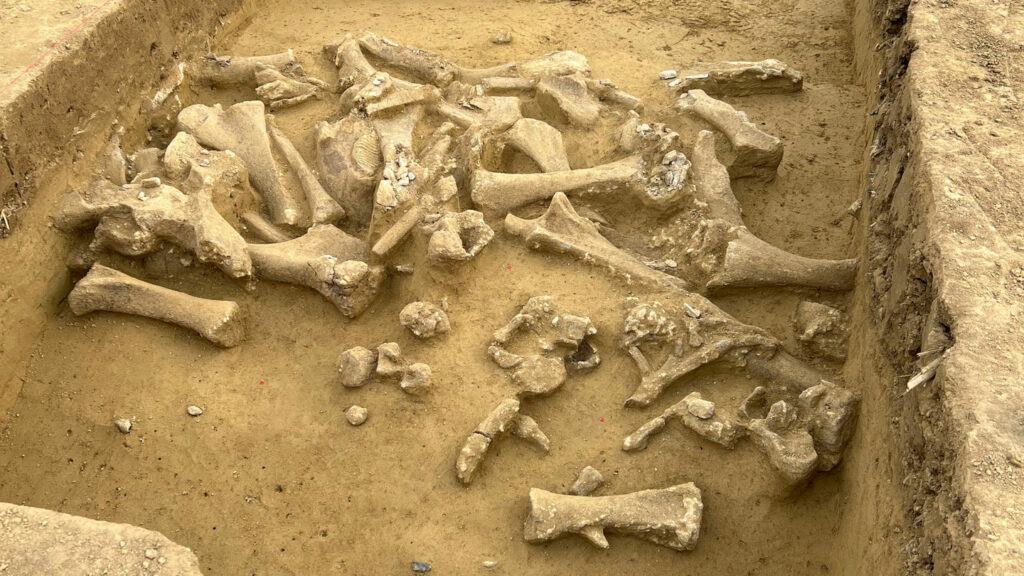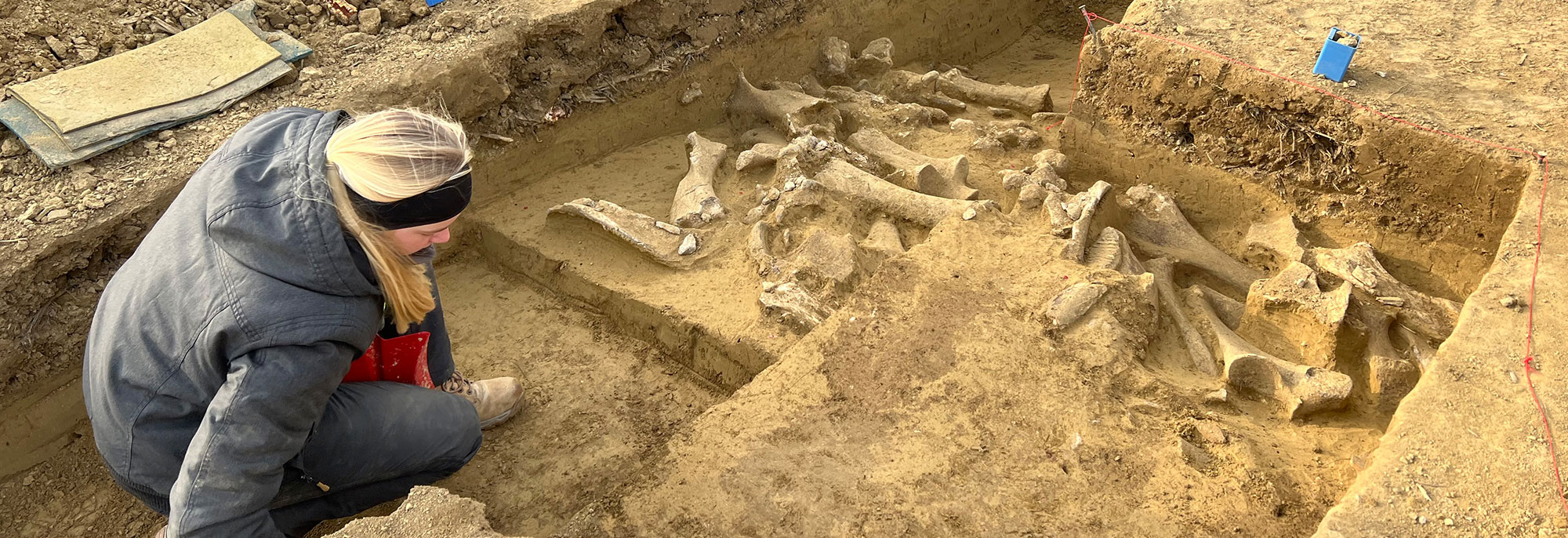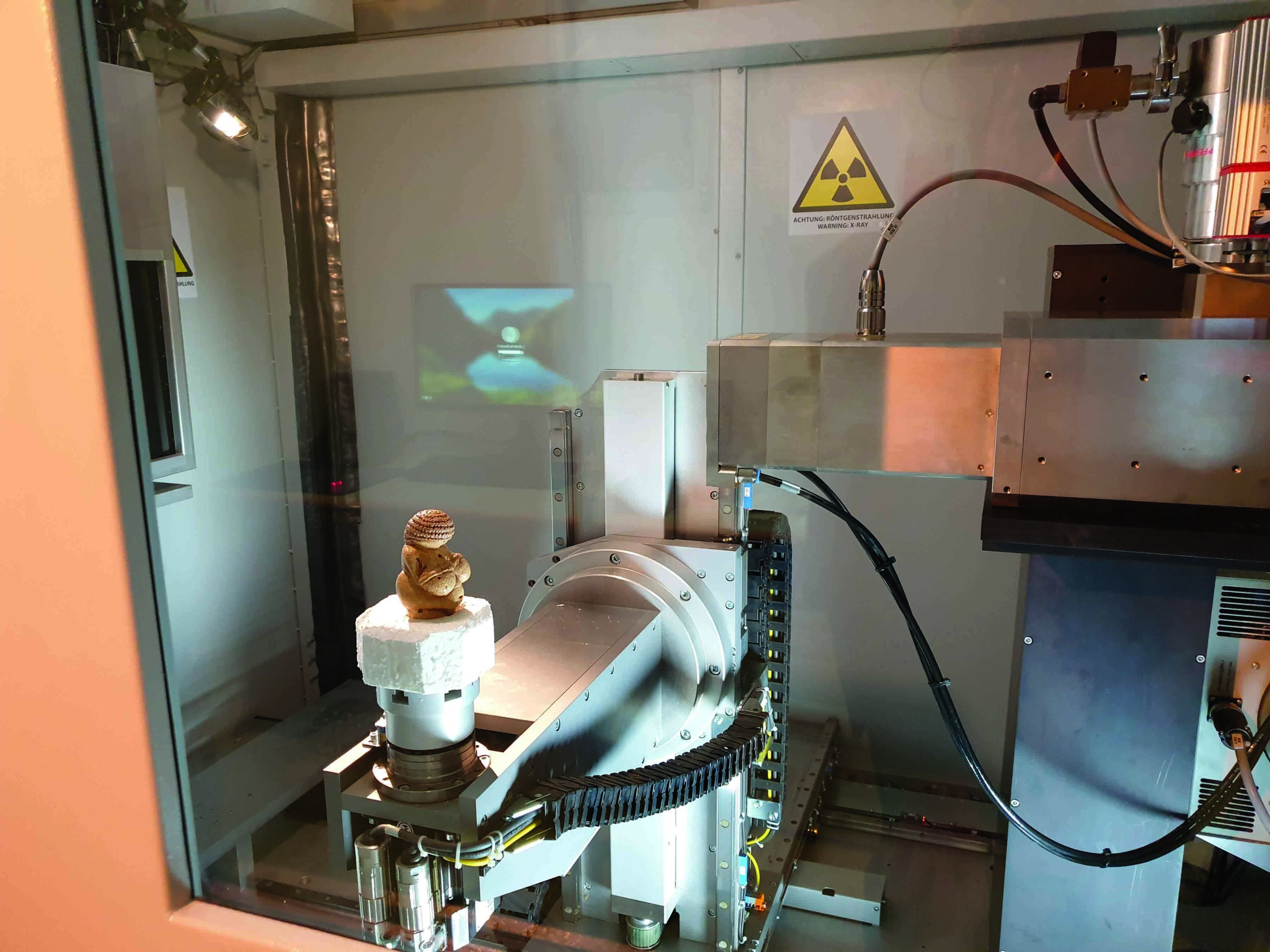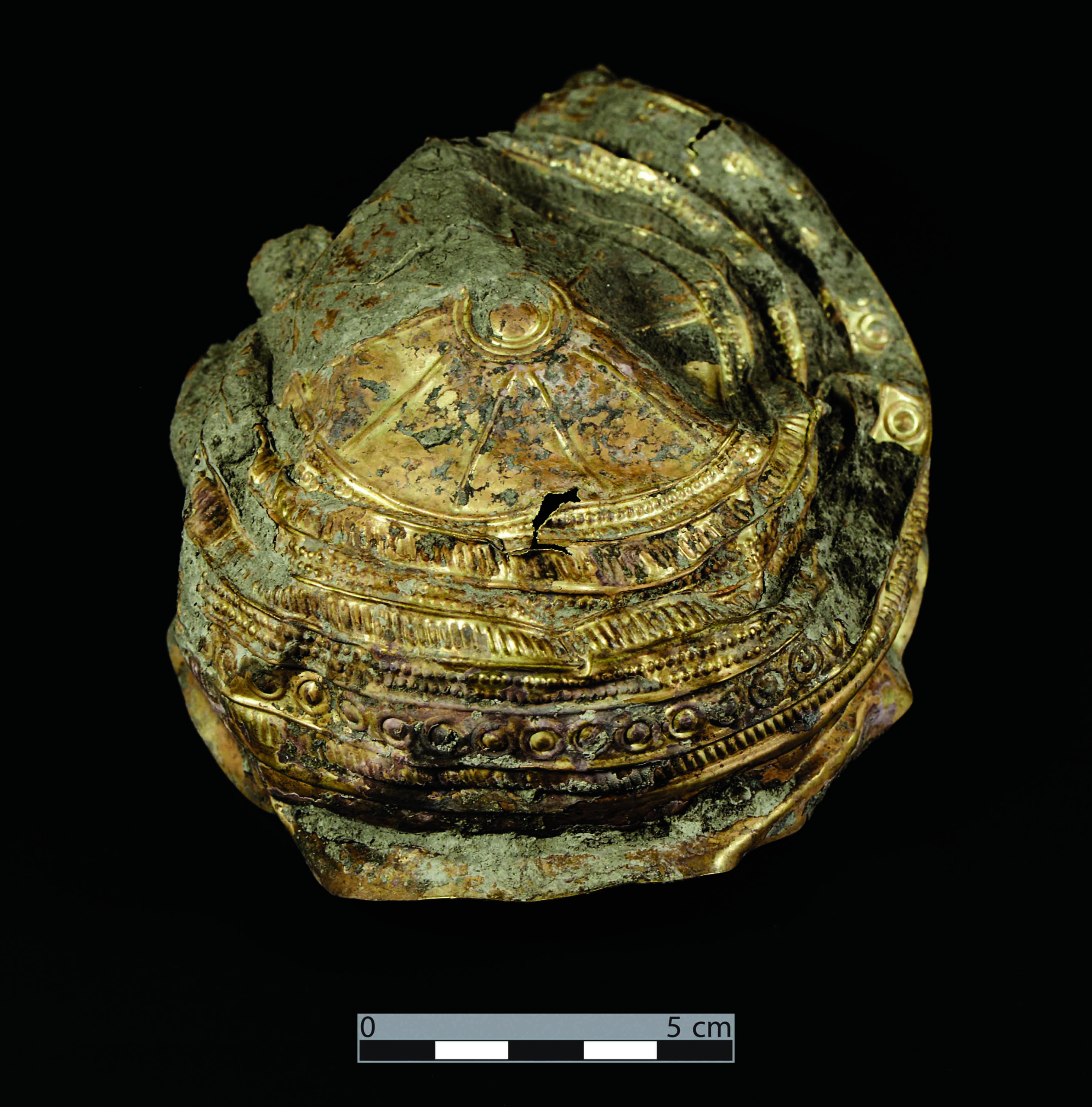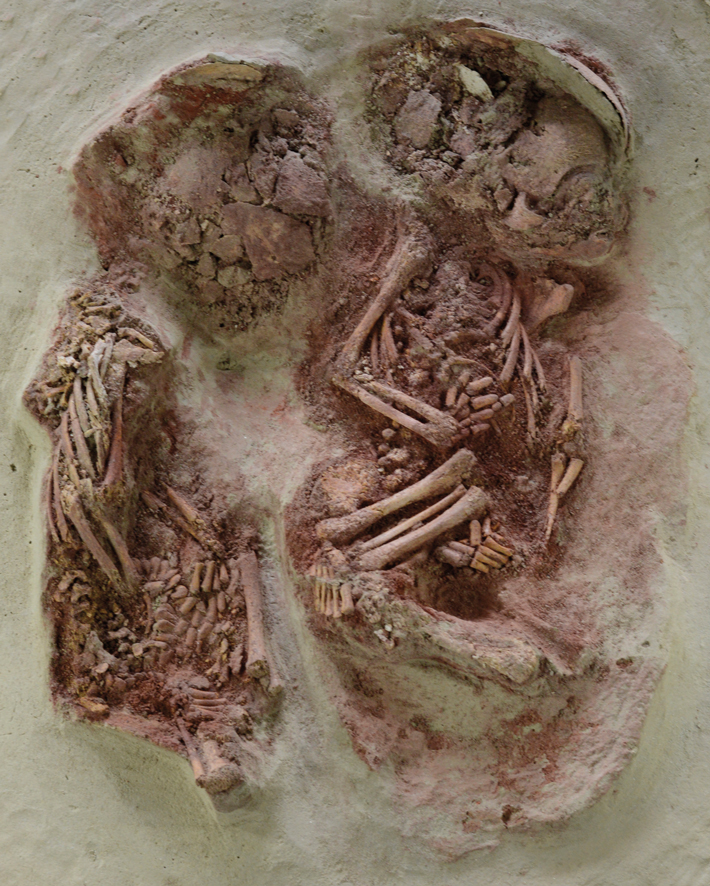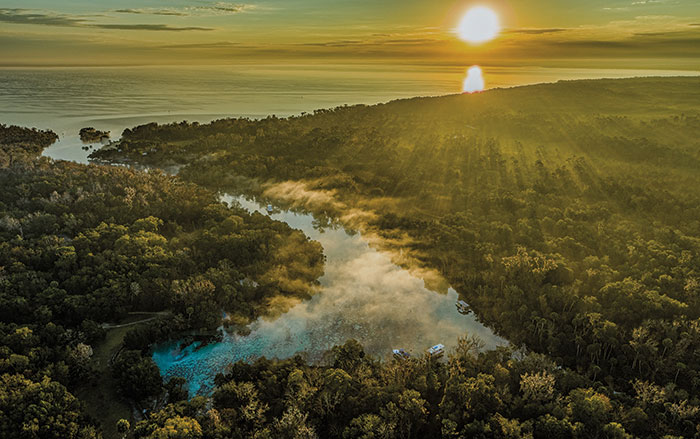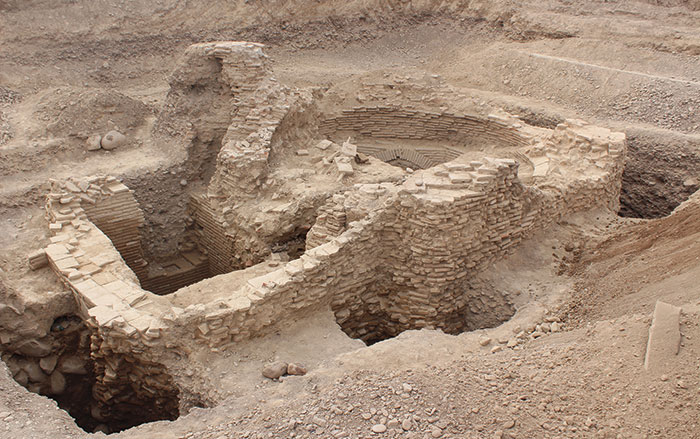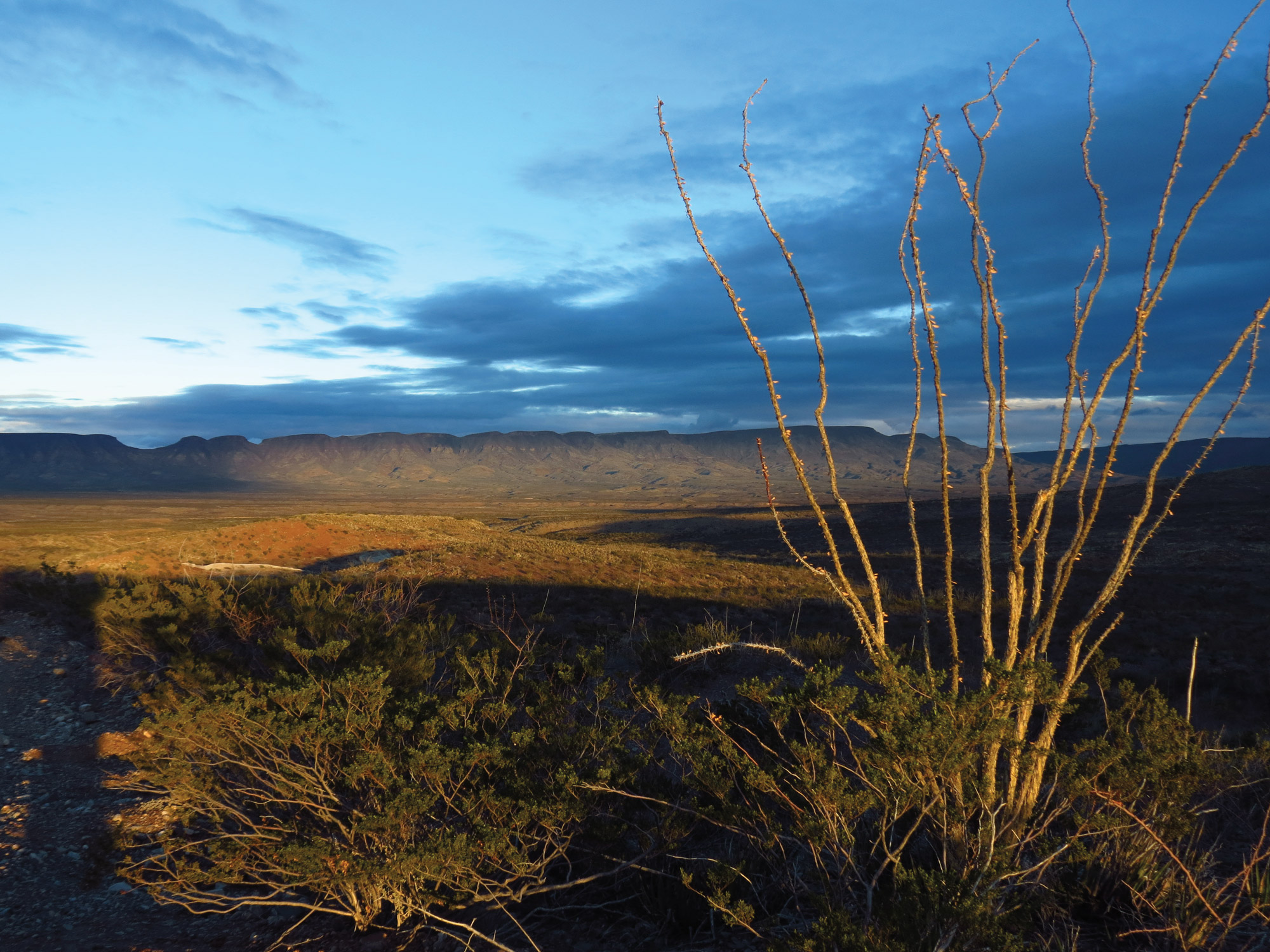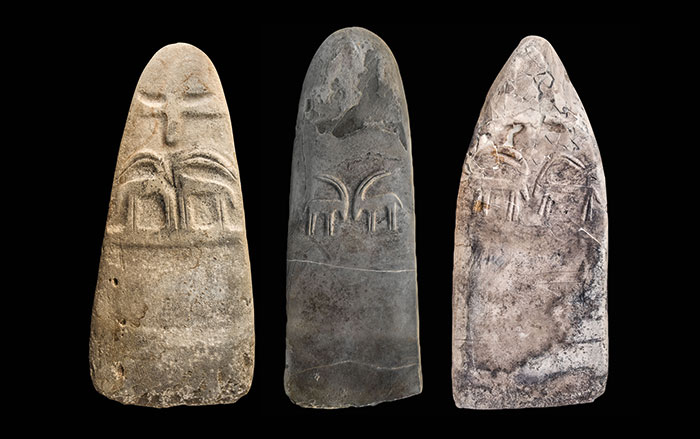LANGMANNERSDORF, AUSTRIA—According to a statement released by the Austrian Academy of Sciences, archaeologists revealed further evidence of humans successfully hunting woolly mammoths 25,000 years ago within the Perschling Valley. A team from the Austrian Archaeological Institute unearthed the densely packed butchered remains of at least five mammoths at two locations, spaced just 50 feet apart, in Langmannersdorf. First discovered in the early twentieth century, the site is the youngest place with large quantities of mammoth bones in Central Europe. The recently discovered dismembered bones, stone tools, and tusk fragments represent two hunting camps where Ice Age humans processed the carcasses for meat and also manufactured projectile points out of their ivory tusks. “The fact that we are not just finding individual bones here, but intensively used areas in which several animals were processed, has more than exceeded our expectations,” said archaeologist Marc Händel. Shortly before the peak of the last Ice Age, mammoth herds still roamed the Perschling Valley for migration and grazing. The finding suggests that the people of this time knew the habits of the animals very well and used this knowledge for their hunting expeditions. To read about sites in North America where people butchered mammoths some 14,500 years ago, go to "America, in the Beginning: Schaefer and Hebior Kill Sites."
